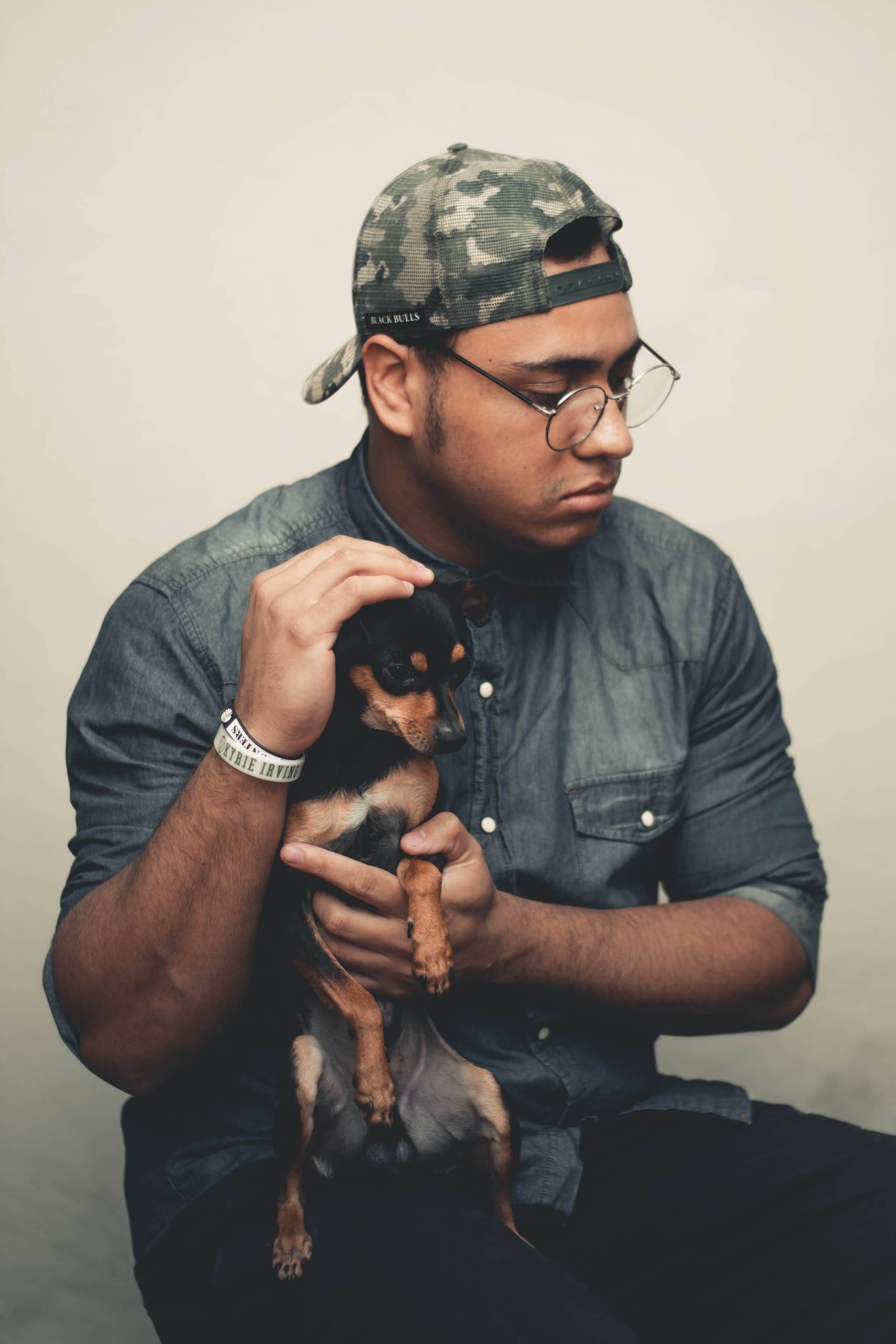Finding the right harness for your dog is crucial for their comfort and safety. A well-fitted harness can enhance your walks together, making them more enjoyable for both you and your furry friend. Measuring your dog for a harness may seem challenging at first, but it can be simplified into a few straightforward steps.
The Importance of Accurate Measurement
Proper measurement is essential. A harness that is too tight can cause discomfort or restrict movement, while one that is too loose may slip off or cause chafing. The ideal harness should fit snugly but still allow your dog to move freely.
Materials Needed
Gather a flexible measuring tape, a notepad for recording measurements, and possibly a friend to help keep your dog calm during the process. If you don’t have a measuring tape, a piece of string can serve as a substitute; simply measure the string against a ruler afterward.
Measuring Your Dog
Neck Measurement
Start by measuring your dog’s neck. Wrap the measuring tape around the widest part of the neck, usually just above the shoulder blades. Ensure the tape is snug yet comfortable; you should be able to fit two fingers between the tape and your dog’s neck. Record this measurement.
Chest Measurement
Next, measure the chest, where the harness will provide support. Place the tape around the widest part of your dog’s ribcage, which is typically just behind the front legs. Again, ensure the tape is snug but not constricting, and take note of this measurement.
Body Length and Weight
Consider measuring your dog’s body length as well. Start at the base of the neck (where the collar sits) and measure to the base of the tail. This measurement can help determine the overall size of the harness, especially if you’re considering a style that covers more of your dog’s body. Weighing your dog is also useful, as many harnesses come with recommended weight ranges. If your dog is still growing, factor in their expected adult weight to choose a harness that will last.
Choosing the Right Harness
With all the necessary measurements in hand, it’s time to select a harness. Different styles serve various purposes, so understanding your dog’s needs is key. A front-clip harness is ideal for dogs that tend to pull on the leash, while a back-clip harness works well for well-trained dogs.
Refer to the manufacturer’s sizing chart, as each brand may have different standards. Pay special attention to neck and chest measurements, as they are critical for a proper fit. If your dog falls between sizes, it’s advisable to size up for added comfort and adjustability.
Trying on the Harness
Before committing to a harness, try it on your dog. Adjust the straps for a snug fit, ensuring you can fit two fingers comfortably between the harness and your dog’s body. If the harness rides up or shifts excessively, it may be too loose. If it pinches or restricts movement, it’s too tight.
Take your dog for a short walk around your home or yard while wearing the harness. Observe their movements; they should be able to walk, sit, and lie down comfortably without signs of distress. If they seem uncomfortable or if the harness shifts excessively, reassess the size or style.
Material and Design Considerations
Consider the material and design of the harness. Look for breathable and durable materials, especially if your dog spends time outdoors. Many harnesses feature padding for added comfort, particularly for active dogs. Reflective materials can enhance visibility during nighttime walks.
Training Your Dog to Wear a Harness
Training your dog to wear a harness may take some time. Start by allowing them to sniff and explore the harness, rewarding them with treats to create a positive association. Once they seem comfortable, gently place the harness on them and secure it. Keep initial wearing sessions short, gradually increasing the duration as your dog adjusts.
Take your dog out for a walk with the harness once they are accustomed to it. Monitor their behavior; if they appear anxious or try to rub the harness off, it might indicate an improper fit. Patience is key, as some dogs may need more time than others to adjust.
Regular Fit Checks
Regularly check the fit of your dog’s harness. Changes in weight or coat length can affect how the harness fits, so reassess periodically. If you notice signs of discomfort or if the harness becomes too loose or tight, consider adjusting or replacing it.
Considerations for Puppies
Measuring for a harness can be more challenging with puppies due to their rapid growth. Measure frequently, as they can outgrow their harnesses quickly. Opt for adjustable harnesses that accommodate growth while ensuring comfort and safety.
Specialized Harnesses for Unique Needs
Dogs with specific medical conditions may require specialized harnesses. Seniors or dogs with mobility issues can benefit from supportive harnesses that assist with getting up or walking. Consulting with a veterinarian can offer guidance on the best options for your dog’s unique requirements.
Selecting the Right Brand
With a wide variety of harnesses available, it’s important to choose wisely. Look for reputable brands that prioritize comfort and safety. Reading reviews from fellow dog owners can provide valuable insight into a product’s performance and durability.
Measuring your dog for a harness involves straightforward steps. By taking accurate measurements and understanding your dog’s needs, you can select a harness that enhances their comfort and safety during walks. Regularly check the fit, and remain patient as your dog adjusts to their new gear. The right harness can make your walks even more enjoyable.



